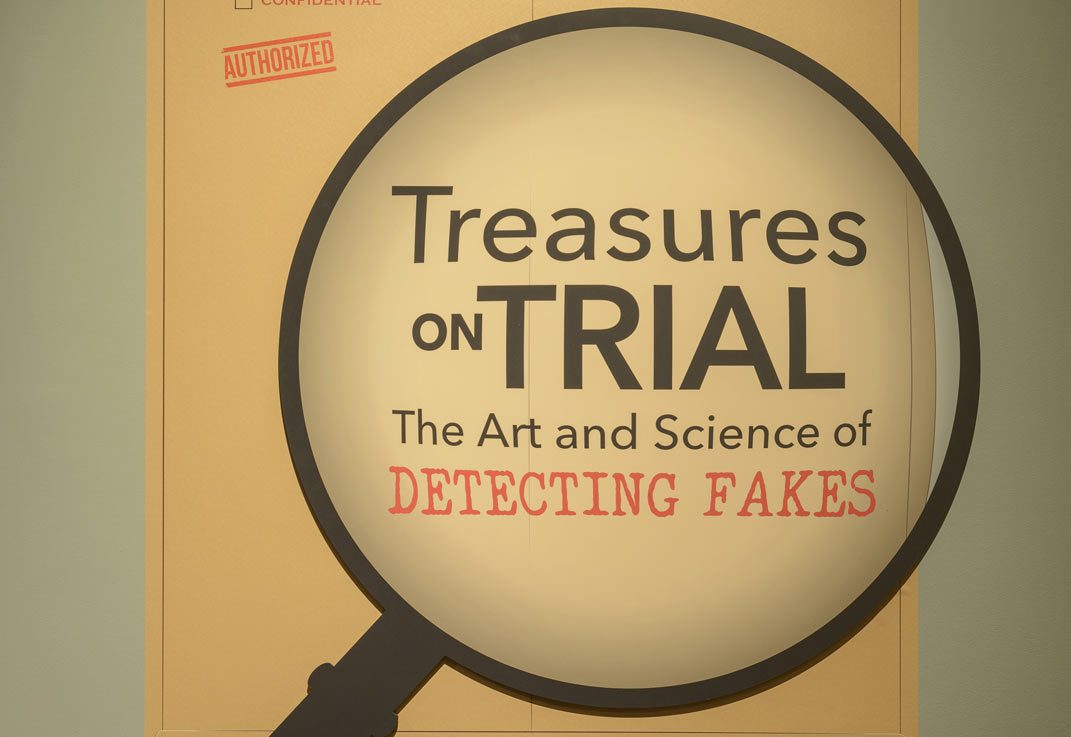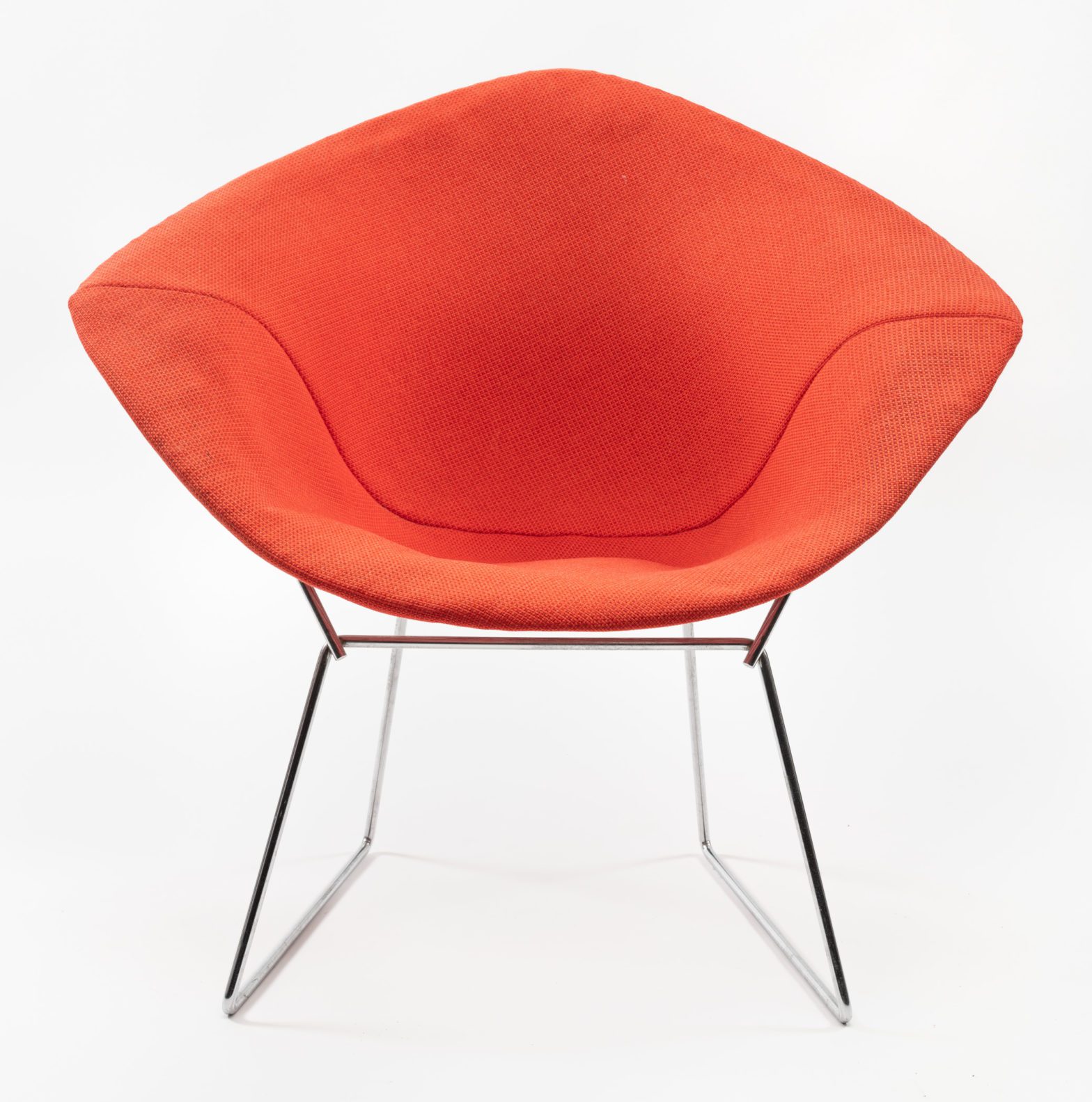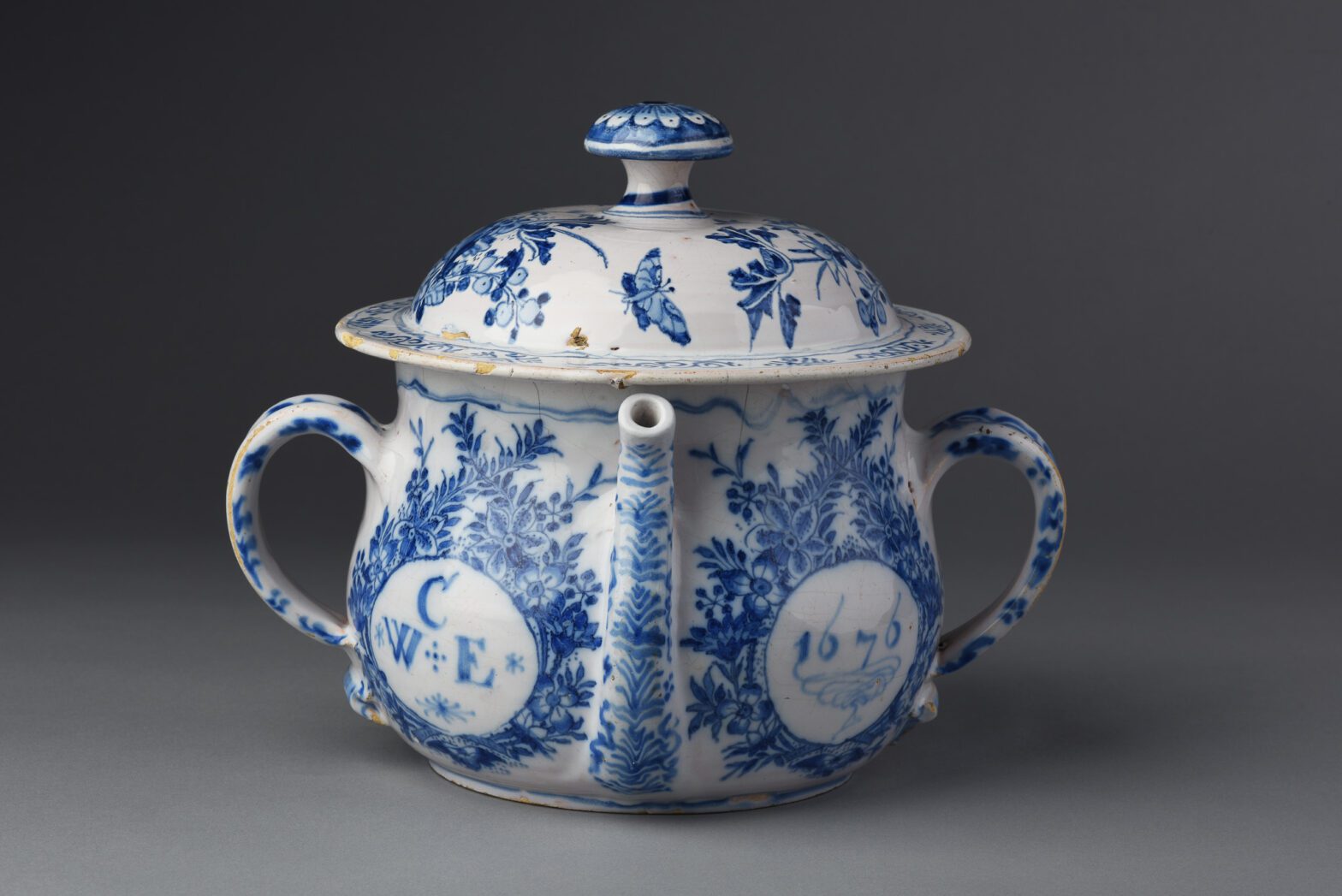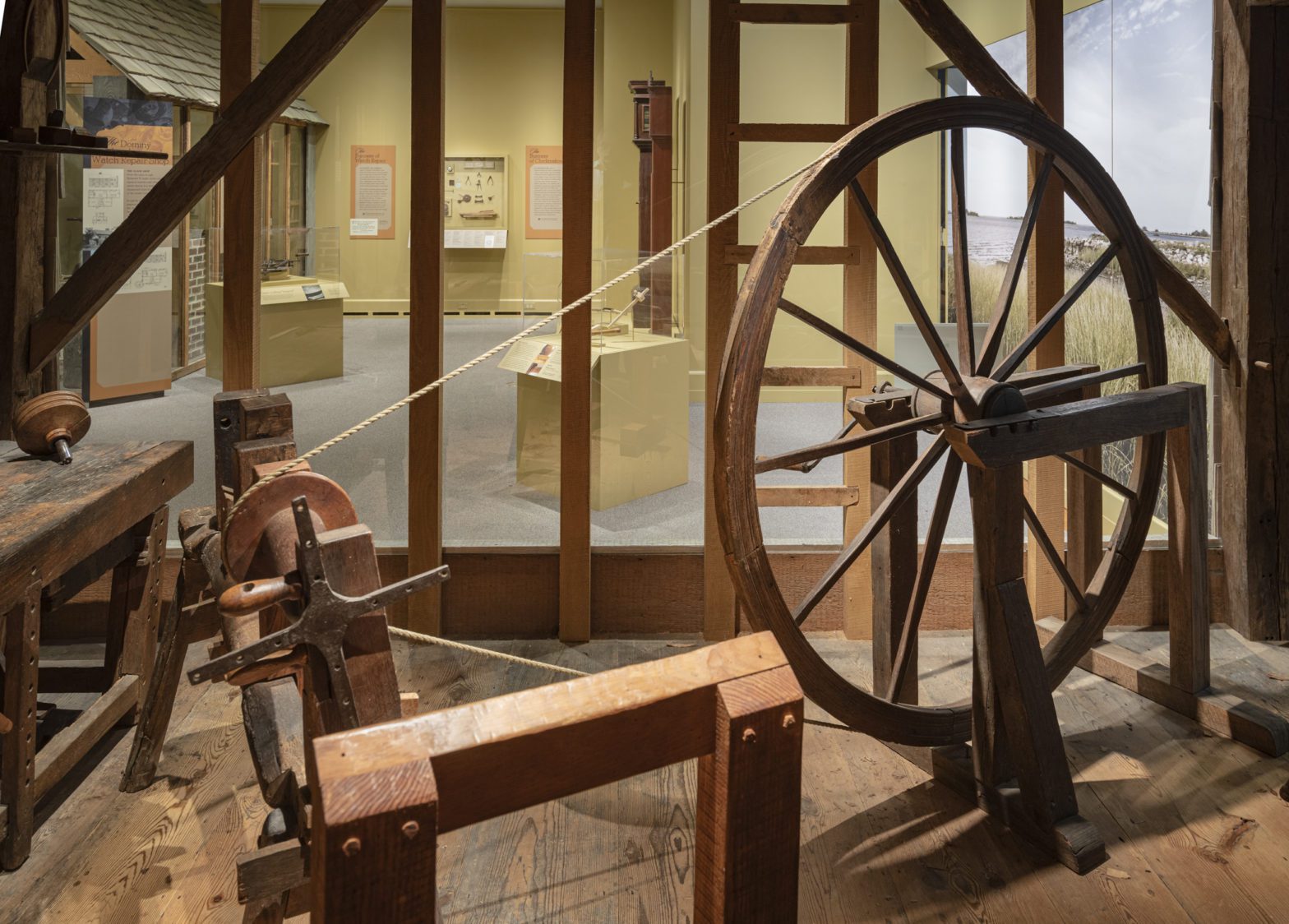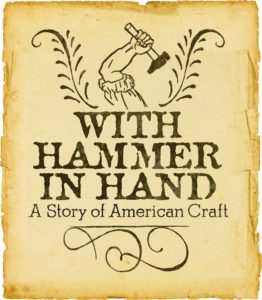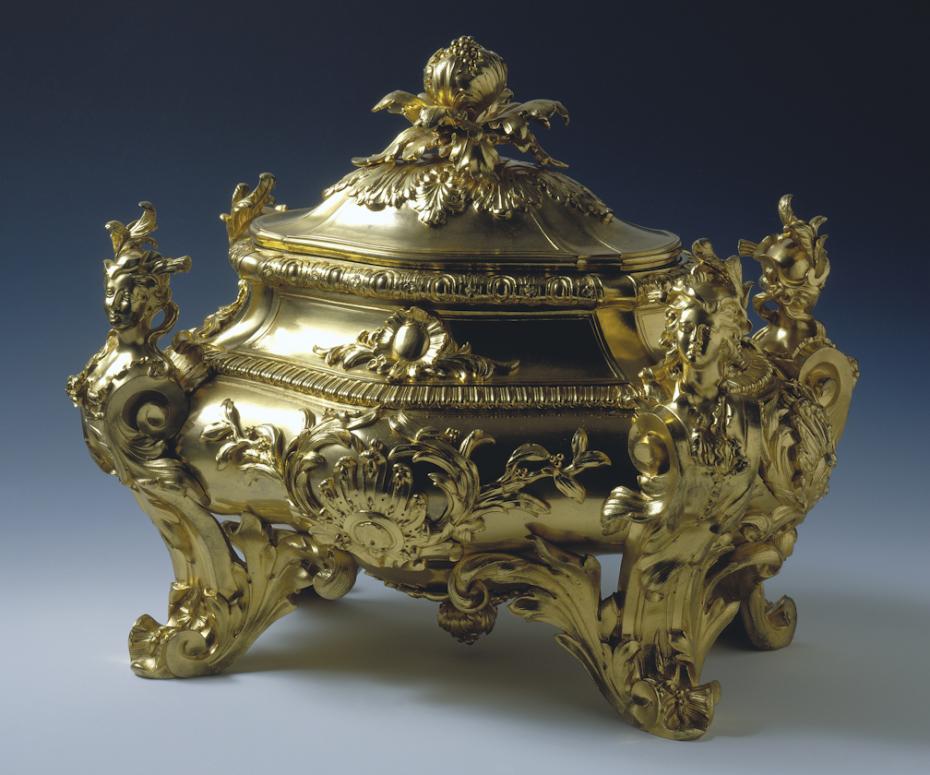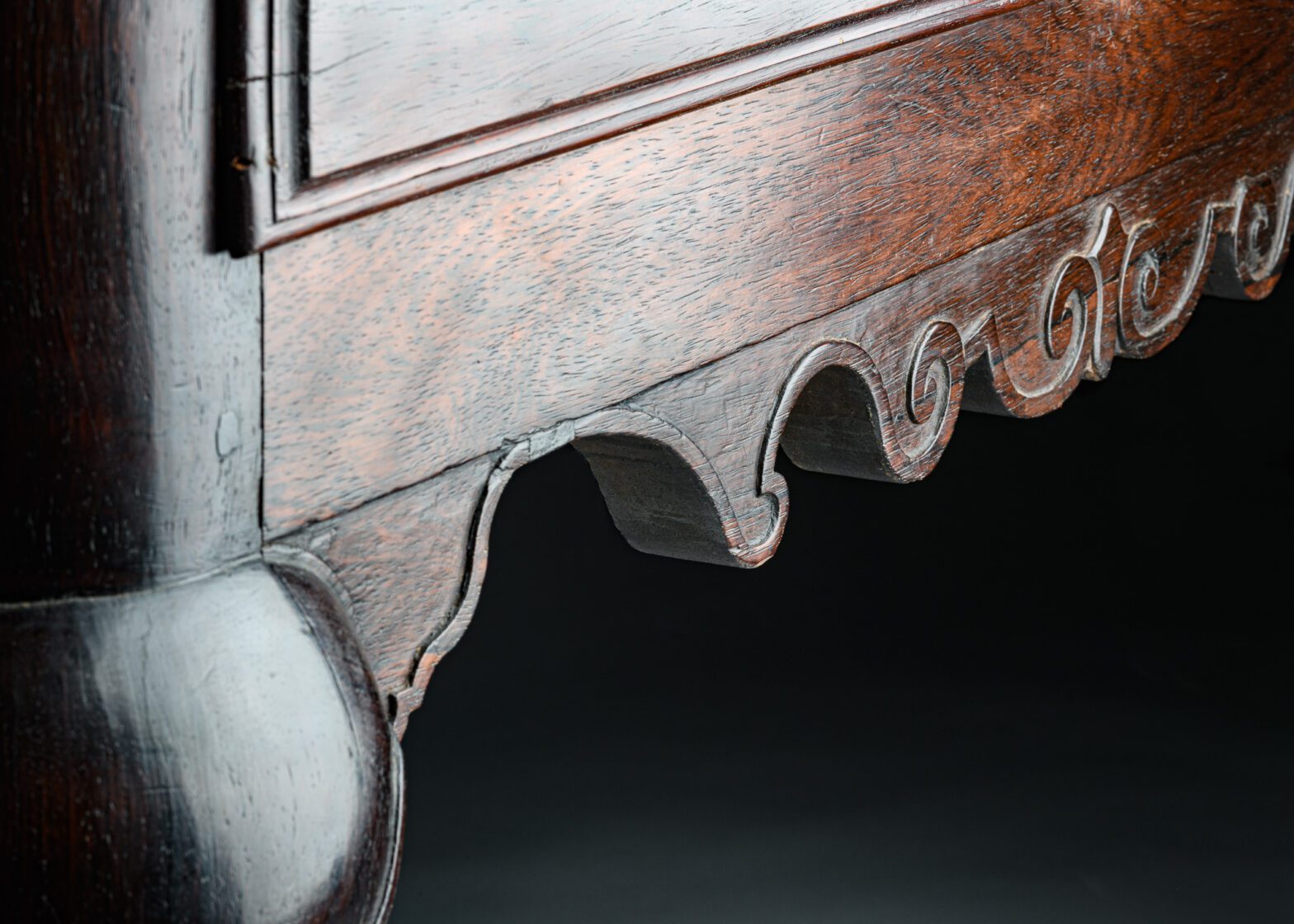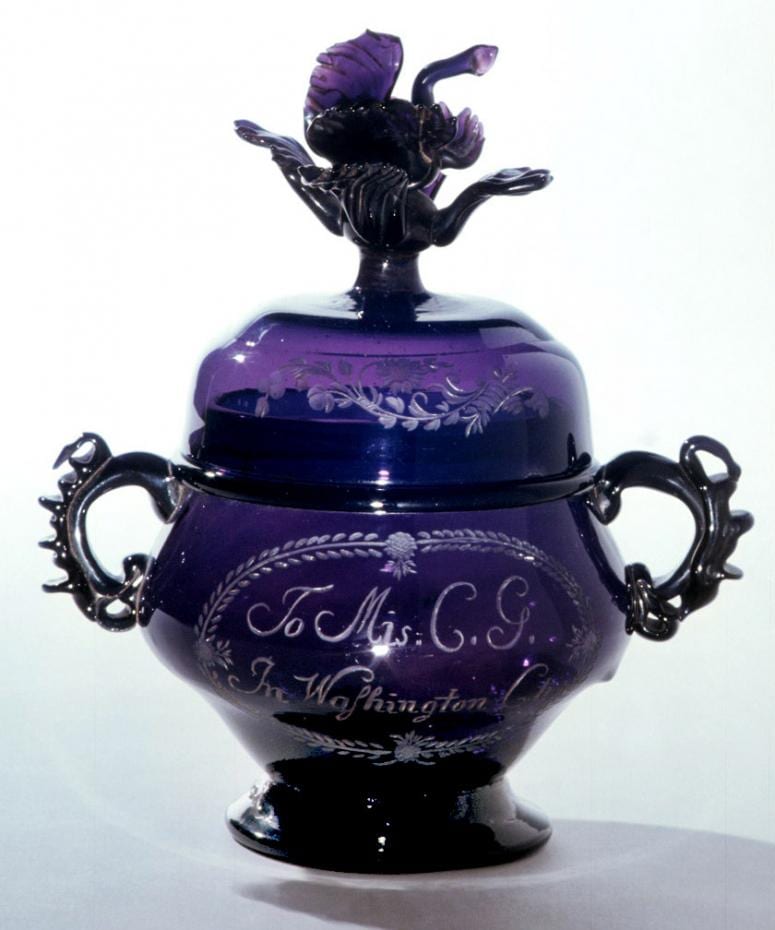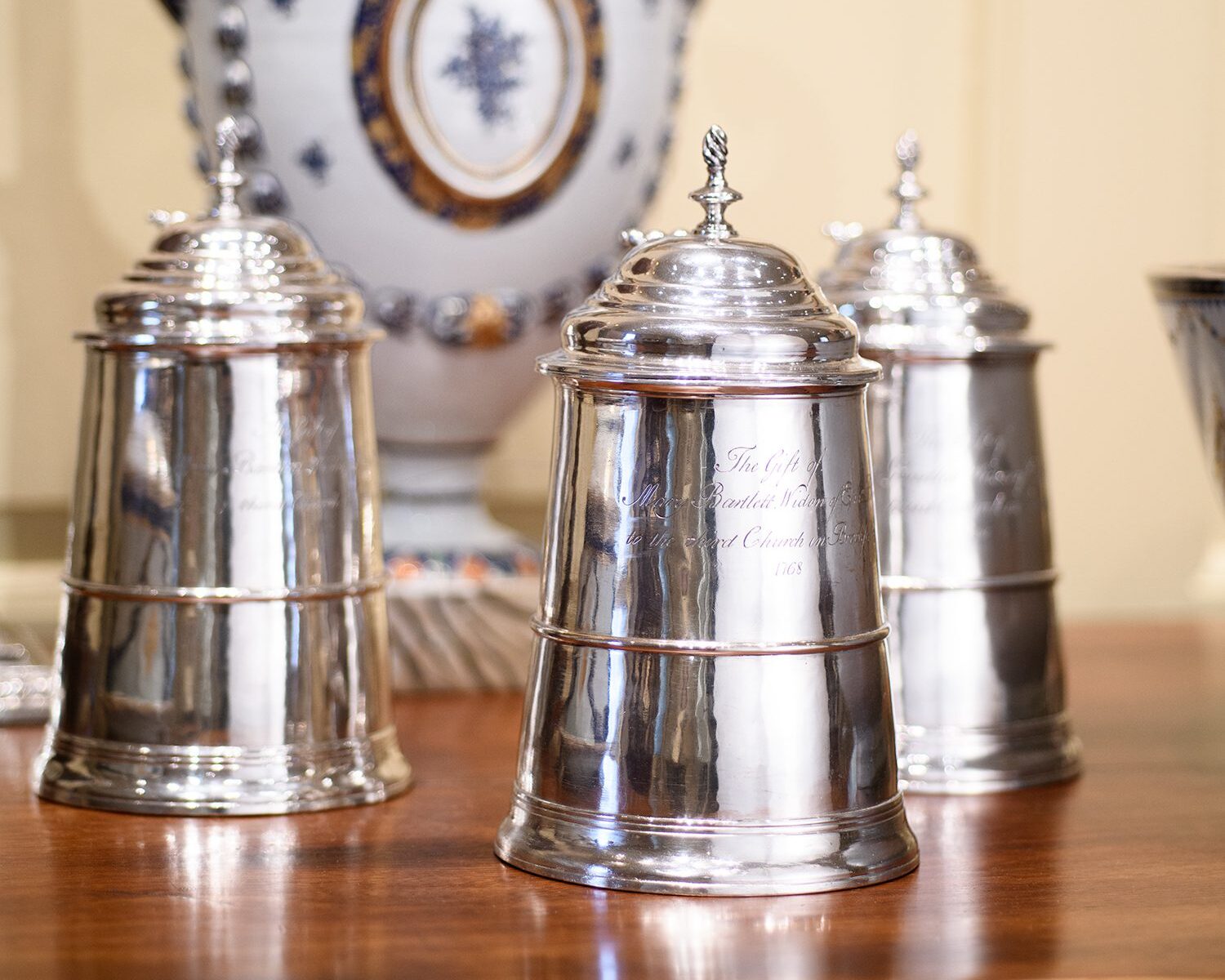All Winterthur Members receive free admission and additional benefits when a valid Winterthur Membership card is presented at botanical gardens, arboreta, and conservatories that participate in the American Horticultural Society’s Reciprocal Admissions Program. Visit the AHS’s website to view hundreds of participating gardens in North America. Some restrictions may apply. Before visiting any garden, be sure to check that organization’s website and/or call to confirm participation in the AHS Reciprocal Admissions Program, hours of operation, zip code exclusions, and blackout dates.
Each card will admit only the person listed on the Member card. In the case of Family-level memberships, some gardens or museums may limit free or discounted admission to the named cardholder. You may be required to show a photo ID.
Contributor Level Members and Above Receive Even More
Winterthur is pleased to offer Contributor, Patron, Benefactor, and Friends of Winterthur Members access to more than 900 North American museums as part of the North American Reciprocal Museum Program (NARM) and Reciprocal Organization of Associated Museums (ROAM). As well as free admission, some participating organizations offer discounts at their museum shops and for concert/lecture tickets. Simply present your current Winterthur membership card with the black ROAM and NARM logo to receive free reciprocal admission to participating organizations. to receive free reciprocal admission to participating organizations.
Visit North American Reciprocal Museums and/or Reciprocal Organization of Associated Museums for lists of participating museums. Please note that some restrictions apply. Before visiting, be sure to take a look at the museum’s website and/or call to confirm the museum’s participation in NARM or ROAM, their hours of operation, and any zip code restrictions or blackout dates/programs.
Zip Code Exclusions and Reciprocal Admissions
If you are visiting Winterthur as a member of a reciprocal organization, please note that the AHS website does explicitly say that our 90-mile exclusion is enforced. And, a 15-mile/25-mile exclusion is enforced for organizations belonging to NARM or ROAM. This means that if the American Horticultural Society organization you belong to is located 90 miles (or less) from Winterthur, we will not honor reciprocity. NARM organizations within 15 miles and ROAM organizations within 25 miles of Winterthur are excluded from receiving reciprocal admission at Winterthur. For example, NARM and ROAM reciprocal privileges do not extend between Winterthur and the following local museums due to zip code restrictions: Hagley Museum and Library, Delaware Art Museum, The Delaware Contemporary (DE), Brandywine Museum of Art (PA), Pennsylvania Academy of Fine Arts (PA), and The University of Pennsylvania Museum of Archaeology and Anthropology (PA).
Calculate distance from the organization you belong to and Winterthur using Google maps. If your membership is directly with AHS, calculate distance from Winterthur using your home address. Thank you for understanding! In addition to zip code exclusions, some special events and programs are reserved for Winterthur Members or paying guests. This means that reciprocity for AHS, NARM, or ROAM members will not be available on these program days. During Yuletide at Winterthur and the annual summer Artisan Market, all reciprocal admissions are blacked out. Thank you for understanding!

